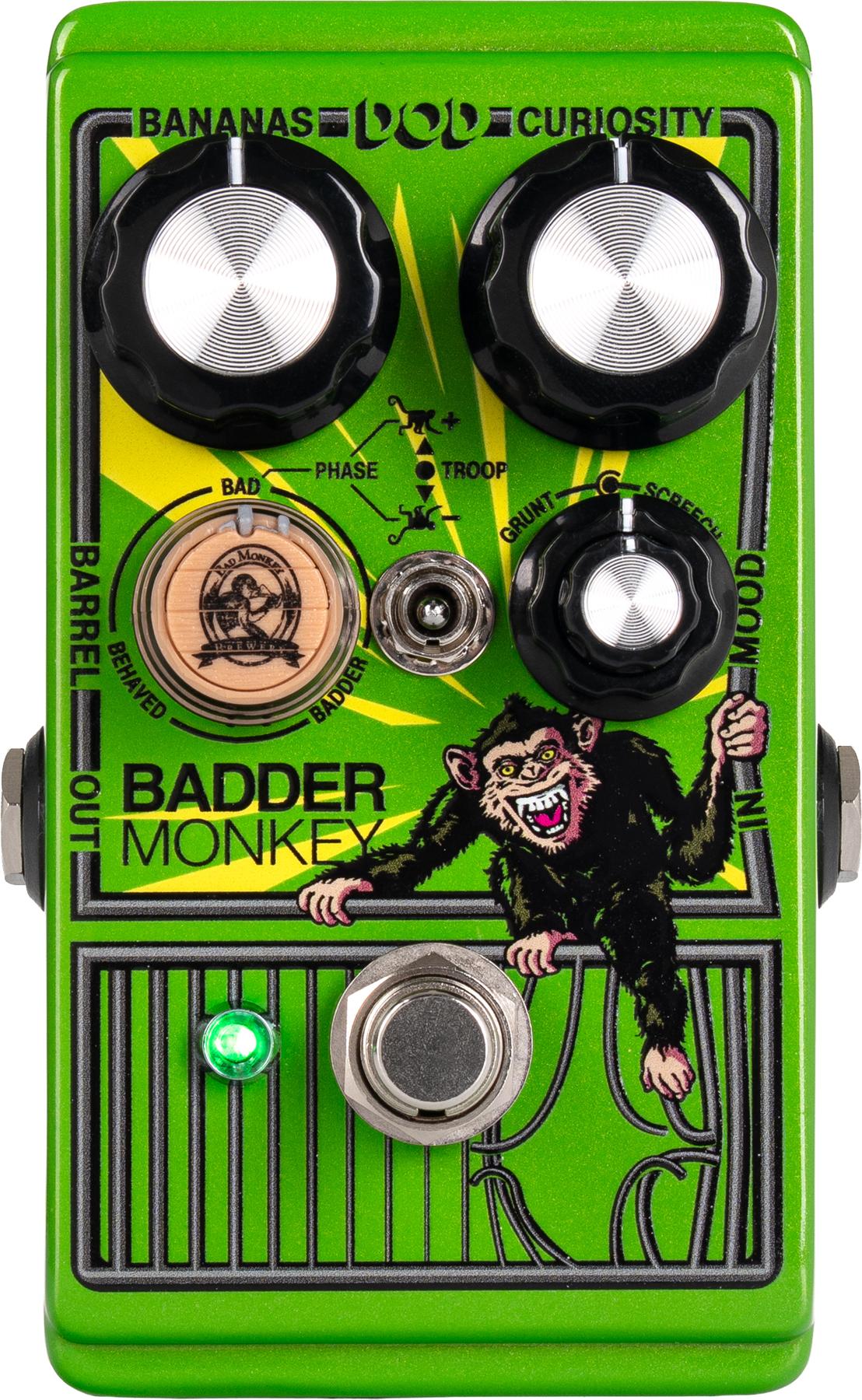Like many in the lutherie community, Peter Dudley got his start in high-end furniture making. Possessing a degree in engineering, Dudley wanted to satisfy his childhood fascination of building things and went to study and work with Wendell Castle in the ’80s, a furniture artist often called the father of the art furniture movement. While on Castle’s team, Dudley acquired the attitude and confidence that he could build anything he could imagine—at the highest level of craft and artistry—and invent new techniques to solve any aesthetic goals.
It was about eight years ago that Dudley had the idea to build a guitar, and he studied everything he could find on construction and tone before he started building. The “perfect tone” he envisioned would be the synthesis of a 335, an ash Tele, and SRV’s neck-position tone. Experimenting with heavily chambered solidbodies, as well as handcarved and graduated tops, Dudley arrived at what he calls a “chambered/ hollowbody hybrid.” His current guitars— which are of a singular body-design and 24 3/4" scale-length—are graduated by hand to reach optimum tone, typically weigh in around 7 pounds, and are handfinished in nitrocellulose lacquer.
Though Dudley’s guitars possess a singular body-shape, which allows him to maintain consistent control of the tone, the instruments are anything but singular. Working with a variety of maple, spruce, and mahogany to push the tone of a guitar in a particular direction—be it brighter, deeper, woodier, or mellower—he’ll then match a particular instrument with handbuilt pickups, currently favoring those made by Peter Florance. Dudley’s design philosophy also leaves room to experiment with his unique and complex graphic ideas. “I like to take traditional approaches to guitar ornament, and blow them up to see what happens,” says Dudley.
Snowflakes (1)
For Snowflakes, Dudley looked at the
snowflake inlays found on prewar Martins,
and wondered what would happen if they
got really big and intricate. With 151
pieces of pearl making up the snowfall
that trickles down the ebony fretboard,
Snowflakes has a Canadian-Lutz-spruce
top, a mahogany back and neck, and Peter
Florance Voodoo ’57s for pickups.
Paint Splatters (2)
For Paint Splatters, Dudley was inspired by
the paintings of Jackson Pollock. Not just a
guitar strewn with paint, the paint splatters
are actually pieces of inlay. Dudley literally
threw paint around on paper until he had
splatters he liked, then cutthe pieces from
ebony. With a curly maple top, fretboard,
and headstock, Paint Spatters is outfitted
with Peter Florance Voodoo ’60s.
Butterflies (3)
This European spruce-topped guitar has
232 pieces of inlay that make up the
intricate pattern of butterflies and flowers
on the fretboard and headstock. Dudley
utilized Gaboon ebony for the fretboard
and English yew for the headstock, along
with mahogany for the neck and back. This
honeyburst-finished instrument is loaded
up with Peter Florance Voodoo ’59s.
Peonies (4)
While floral themes are certainly common in
traditional inlay, Dudley took ideas from old
kimono silks for Peonies, and laid “embroidered”
peonies in pearl on a bloodwood
fretboard, with the flowers running off the
edge of the board. This particular guitar was
purchased by the Eastman School of Music
for their instrument collection, and is played
by jazz students and faculty for special events
and concerts. For electronics, Peonies has a
WCR Crossroads for the bridge and a WCR
Darkburst for the neck.
Longhorns (5)
The inspiration for Longhorns started with
the cow and cactus inlays from old Gretsch
fretboards and a deceased piano that came
with Dudley’s barn/studio. Since the piano
was too damaged to repair, Dudley “harvested”
the old ivory keys and used the material
for the inlay work. The Longhorn features a
whitewashed, curly maple top, a Bigsby B7,
and WCR pickups with a Crossroads for the
bridge position and a Darkburst for the neck.
X (6)
Dudley calls the X his “born to be bad”
guitar, and unlike his other instruments,
the X is free of extraneous ornaments.
With ebony binding atop an ebony fretboard
and ebony headstock, the top, back,
and neck are all mahogany, giving it a
crisp and woody tone. For electronics, this
sleek guitar features American Steele pickups
made by WCR in both the neck and
bridge positions.
Pricing and Availability
Dudley works alone in a 100-year-old
barn/studio on the Eastern Shore of
Maryland, with the occasional student
intern or apprentice, and makes about a
dozen guitars a year, all without CNC.
Though he will consider custom inlay
work, Dudley is more interested in designing
something new and around a given
theme, rather than replicating a picture.
Turnaround time for an instrument is currently
about 8–12 weeks with prices starting
around $3,800, going to $6,500 and
up for the most elaborate designs.
dudleycustomguitars.com




















![Rig Rundown: Russian Circles’ Mike Sullivan [2025]](https://www.premierguitar.com/media-library/youtube.jpg?id=62303631&width=1245&height=700&quality=70&coordinates=0%2C0%2C0%2C0)








